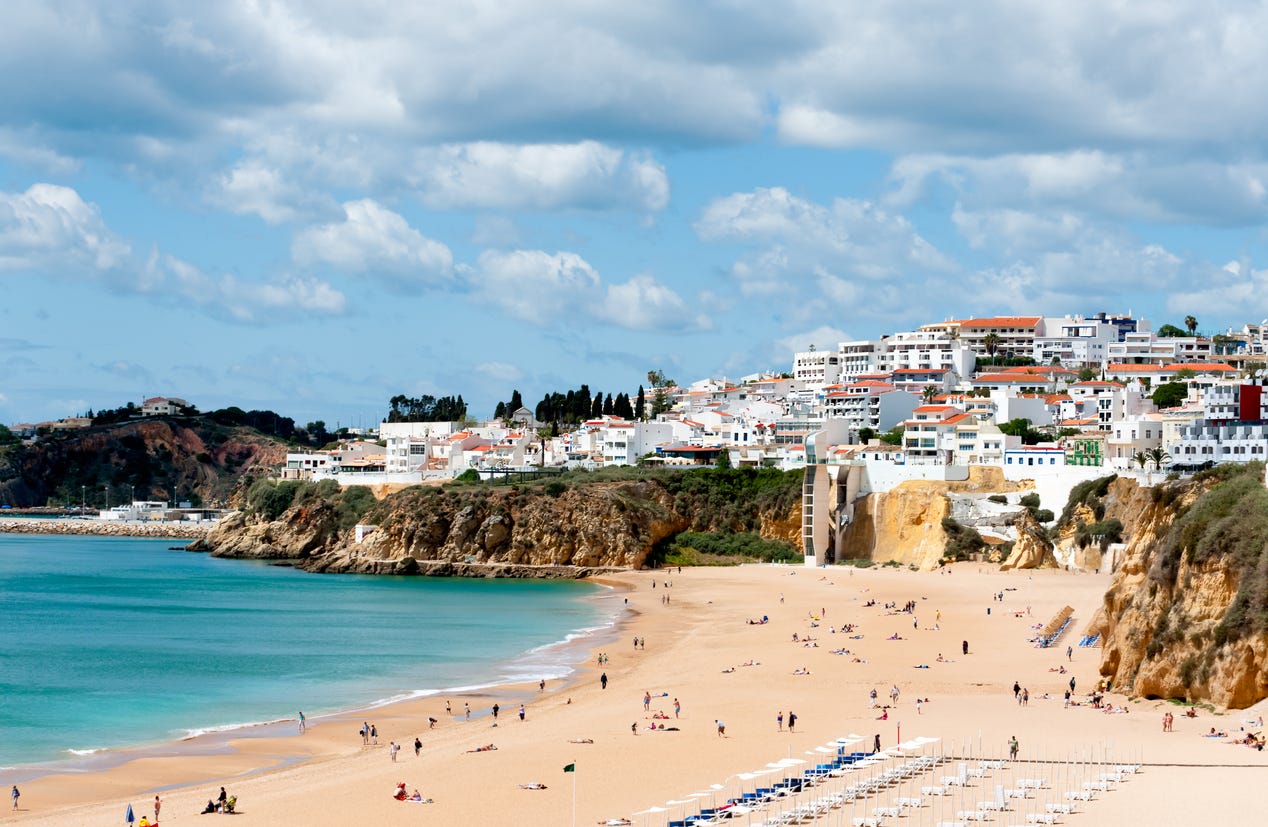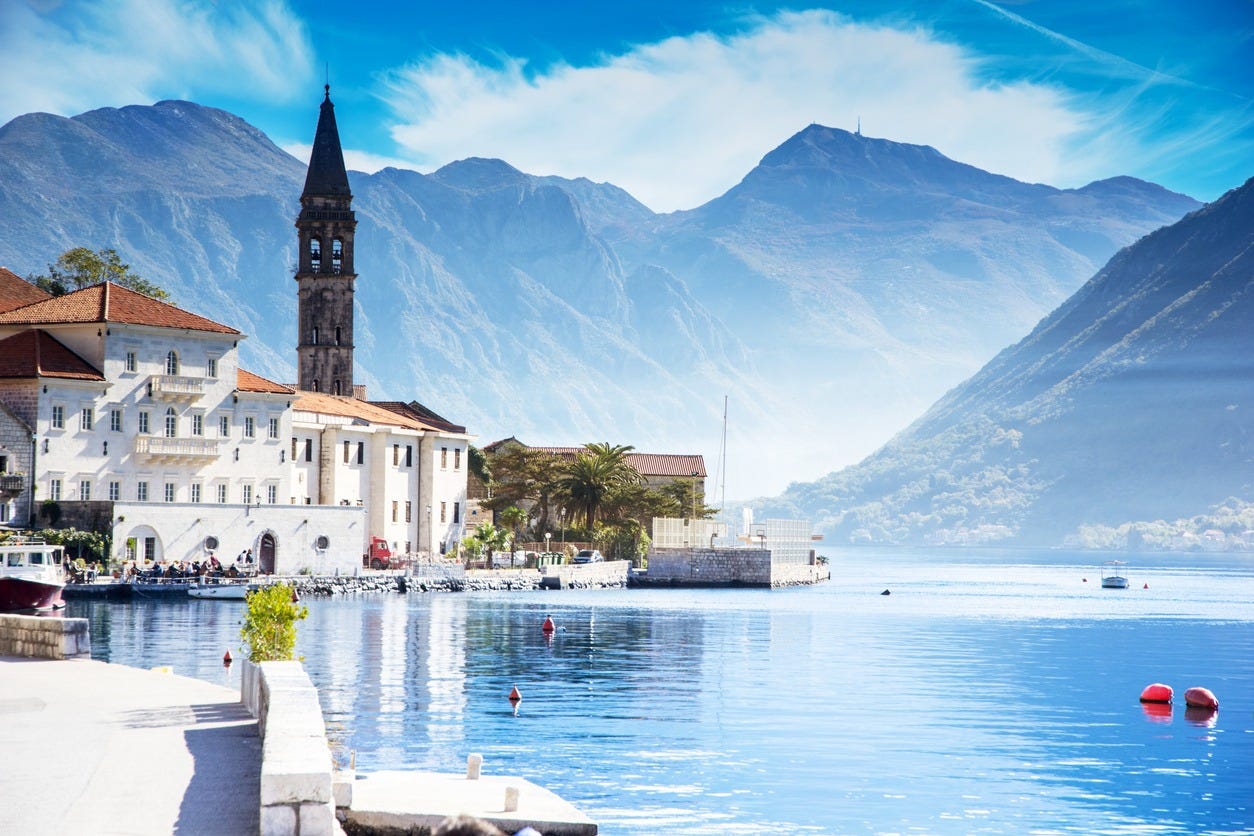20 Places to Replant Your Roots
Once you’ve chosen a country to live in, the next step is to choose a region…

What is it you dream about? If you had your druthers, what kind of life would you escape to?
A little village home with blue shutters, down a cobbled alley from a bakery where the scent of baguettes wafts through the air at dawn? An easy, lock-and-leave condo at the beach where you can slide open the terrace door and hear the sound of the waves? A big-city pied-a-terre with high ceilings and hand-colored, hundred-year-old tiles worn to a vintage patina?
Whatever you see in your mind’s eye when you let yourself imagine that other, better life… keep that at hand. Because this month we’re on a mission to show you precisely where you can find it. And—if we do our job right—for less than it would cost you to stay home.
We’re taking a deep dive here into the 20 best regions of the world for good-value living and retirement.
Last December, we released our 2025 Global Retirement Index. Inside, we compare, contrast, rank, and rate our picks for the top 20 countries in the world for retirement across seven categories that matter most to would-be expats, including cost of living, healthcare, housing, visas and benefits, and more…
For 34 years, we’ve compiled this Index as a way to guide readers like you toward friendly nations where you can live better for less… find a path to legal residency… and create a life you love. It’s important to have a sense of the countries where you’d be wise to focus, given your own priorities and preferences. It’s a critical first step.
But here’s the thing: At the end of the day, where you end up is a particular spot inside a country. You land in a place—a town, a village, a city. So now, we want to help point you in that direction.
Together with our correspondents and frequent contributors on the ground around the world, we’ve curated (amid much debate and impassioned argument) our list of the 20 regions in the world most worth your attention today for overseas living and retirement.
Importantly, some of the regions we’re excited about aren’t in countries that earned superior scores in our Global Retirement Index. That’s because, overall, other countries scored better. But when you take a look at just these individual areas, they shine. And so we wanted to bring them to your attention.
What’s more, we’ve taken a special look at up-and-coming regions, too. Not all worthy retirement havens abroad have yet landed on the mainstream map. Indeed, "hidden places" still exist… regions rich with untapped potential.
You’ll find a full report on all these places here.
Below, we’ll take a close look at one of the most coveted expat spots in Europe and one overlooked region to put on your radar…
The Algarve, Portugal
Portugal remains among the most popular choices for Americans looking to relocate overseas, renowned for its affordability, warmth, and beauty.
Recently, we’ve been writing more about Northern Portugal, and what makes this lesser-known region of the country so enticing. But for expats today, the hands-down favorite is the Algarve, Portugal’s southern province.
Bounded by the Atlantic Ocean to the south and west, the Algarve offers residents an ideal year-round climate, with over 300 days of sunshine, warm, dry summers, and mild winters with little to no rain.
Sun-soaked beaches, whitewashed villages, colorful tiles, and cobbled lanes captivate the hearts of all who visit. Year-round outdoor activities are a major draw for active expats. You can take beach hikes, kayak through caves and grottos, etc, any time of the year.
IL contributors live in a variety of communities along the Algarve, including Vilamoura, Lagos, Faro, Portimão, Albufeira, and Tavira. Faro is the capital of the province and largest city, with an international airport.
Albufeira is among Lisbon resident and Personal Finance Expert Jeff Opdyke’s top two or three places to live in the Algarve.
"Sure, it can get touristy," he says, "but it has a cute little old town and great restaurants… including hidden cliffside eateries you can find with the help of a local, or because the gods of food steered you there by happenstance."
Albufeira also has some of the best beaches in Portugal. Big, wide beaches that stretch for days. And some great family-style resorts right on the sand.
Towns along the eastern and western fringes of the Algarve are less developed and ripe for exploration, such as Portimao—another place Jeff recommends. "At the edge of the ocean and the Arade River, it’s a lovely town with a different ambiance… It has great, wide beaches, but plenty of riverfront activity, too, making it more like a small city than just a touristy beach town.
"But for me," Jeff says, "the best place in all of the Algarve is Sagres, ‘the last beach in Portugal.’ It’s a tiny town at the southwestern tip of the country. Next stop, North Africa.
"Sagres probably has more surf shops than streets! It’s a perfect place to go if you just want quiet and nature. There are a couple of really lovely hotels, including the Memmo Baleeira and Martinhal just outside of town. Martinhal is more of a community, with a really nice hotel built into it. It’s right on a crescent-moon-shaped beach."
For a quieter environment, Jeff says have a look at Salema and Burgau, two tiny beach communities between Sagres and Lagos right off the main highway down winding roads. "Think Laguna Beach California before it became a city. Even if you’re looking for more ‘action’ in a long-term destination, both are lovely places to get away from life and civilization for a while."
Coastal Montenegro

Word is spreading about Montenegro, a hidden gem in southeastern Europe. Its strategic location, stunning landscapes, and vibrant expat community make it an ideal base for exploring Europe.
IL contributors Julie and Warren Knox spent many years in the country, and report its diverse, welcoming expat community is one of its greatest assets. A melting pot of expats from all over the world, including South Africa, the UK, the U.S., Germany, Turkey, and Canada, have created a dynamic environment that makes it easy to find like-minded people to connect with.
Whether hiking in the mountains, exploring scenic trails, enjoying water sports, or attending local festivals, Montenegro offers countless opportunities to build friendships and a strong sense of community. In places like Budva, expats can enjoy a thriving local music scene, savor traditional cuisine, and immerse themselves in the area’s rich history.
Montenegro’s status as a non-Schengen country provides a significant advantage for travelers. The Schengen zone allows non-EU citizens only 90 days within a 180-day period across 29 countries. Having a home base in Montenegro allows you to reset your Schengen clock, giving you the flexibility to explore Europe without the pressure of visa restrictions.
For non-EU citizens from countries like the U.S., Canada, and Great Britain, Montenegro allows stays of 90 days every 180 days. This makes it an ideal location for long-term travelers, digital nomads, or those looking to split time between two countries. With ferries from Croatia to other destinations, you can easily alternate between Montenegro and neighboring countries like Croatia or Italy.
Montenegro’s strategic location makes it a great hub for regional travel. With easy access to neighboring countries like Croatia, Albania, Serbia, Kosovo, and Bosnia and Herzegovina, it’s an excellent base for exploring the Balkans. Ferries from Bar, Montenegro, to Bari, Italy, and overnight trains to Belgrade further expand your travel options.
With two international airports and another nearby in Dubrovnik, Croatia, Montenegro offers flights throughout Europe and the Middle East. While there are no direct flights from the Americas, connecting flights through Europe make travel relatively seamless.
One of Montenegro’s biggest draws is its affordability. Compared to Western Europe, the cost of living here is significantly lower. A couple can live comfortably on less than $2,000 a month, including all expenses. Groceries are about 50% cheaper, and dining out costs 45% to 50% less than in many other European countries. The abundance of fresh seafood makes dining both delicious and affordable.
Montenegro also offers a wide range of real estate options, from affordable homes in the southern coastal regions to luxury developments like Porto Montenegro, Lustica Bay, and Portonovi. While these high-end developments rival the luxury of Monaco, affordable properties can still be found in charming coastal villages like Ljuta on the Bay of Kotor.
For those with a higher budget, luxury real estate developments along the Adriatic coast offer world-class amenities and stunning views. But even outside these areas, real estate remains reasonably priced, and year-round rentals are affordable.
And then of course, there’s the stunning natural beauty…
Montenegro’s natural beauty is unparalleled. The Bay of Kotor, Europe’s southernmost fjord, is a UNESCO World Heritage site, and its towering cliffs and azure waters are breathtaking. Montenegro’s 294 kilometers (183 miles) of coastline are dotted with charming villages and pristine beaches, while towns like Kotor, Budva, and Herceg Novi boast unique historic charm.
For those who prefer cooler temperatures, the mountainous regions of Zabljak and Kolasin are a perfect retreat for hiking in summer and skiing in winter. Montenegro the "California of Europe" because of how easily you can experience both mountains and the sea within a short drive.
Montenegro is more than just a beautiful destination—it’s a perfect home base for exploring Europe. Its stunning landscapes, welcoming expat community, low cost of living, and strategic location make it an ideal choice for travelers and expats alike.




